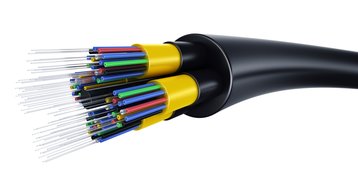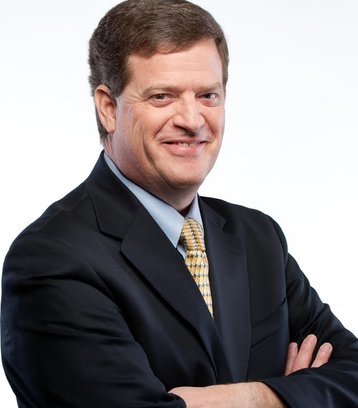Telcoms operator Telstra will adopt a new modulation technique on its Endeavour subsea cable system, that links Australia and Hawaii. Telstra has tested the Advanced Coherent Toolkit (ACT) from optical transport firm Infinera, and will use it to provide super-channels that will improve the system’s reach and capacity.
The Telstra Endeavour subsea cable runs from Sydney, Australia and Oahu, Hawaii. The new Infinera modulation will extract more capacity from the sytem, and provide data centers with faster interconnections.
In trials on a range of next-generation super-channel coherent modulation technologies conducted late last year, two unique super-channel based capabilities were demonstrated in the trial – Nyquist subcarriers and Soft Decision Forward Error Correction (SD-FEC) gain sharing. The trial validated the benefit of Nyquist subcarriers that have been shown in other studies to offer approximately a 20 percent increase in reach compared to single carrier transmission. The trial also validated SD-FEC gain sharing in which carriers with the highest performance can be paired with carriers with lower Optical Signal to Noise Ratio (OSNR) to improve performance.
Other capabilities demonstrated as part of this trial include a new Matrix Enhanced Phase Shift Keying (ME-PSK) modulation technique that surpasses Binary Phase Shift Key (BPSK) reach performance; and the new, high-gain SD-FEC algorithm.
Maximizing the reach and capacity of fiber
“The comprehensive modulation and compensation techniques in our Advanced Coherent Toolkit enable individual carriers and subcarriers in the super-channel to maximize the overall reach and capacity of the customer’s fiber,” said Scott Jackson, VP of Infinera’s Subsea Business Group. “For example, leveraging these techniques allows cables that previously could only support Binary Phase Shift Key (BPSK) to move to higher modulation formats in the future, or support a mix of formats across carriers and subcarriers, for increased fiber capacity. This next generation of coherent technology has the potential to dramatically extend the useful life for existing cable systems while also improving the performance of new cables.”
“With trans-Pacific traffic rising at 49 percent annually, service providers can leverage these advances to help their business models keep pace with downward pricing pressure.” said Jackson.
Andy Lumsden, Head of Network Services, Telstra Global Enterprise and Services said: “The flexibility of PIC-based super-channels has proven to be a major advantage in subsea operations, and the addition of next generation coherent processing provides an important capacity boost.”
Infinera has just recently named Scott Jackson as vice president, responsible for overseeing its subsea business group. In this role, Mr. Jackson will focus on enabling subsea network operators to maximize capacity and reach on their subsea cables, reduce operational expense, and to deploy services faster than competing systems.
Jackson has more than 31 years of experience directing teams from concept to delivery over a broad range of technology areas. His most recent role was as chief technical officer for 4D Security Solutions.


